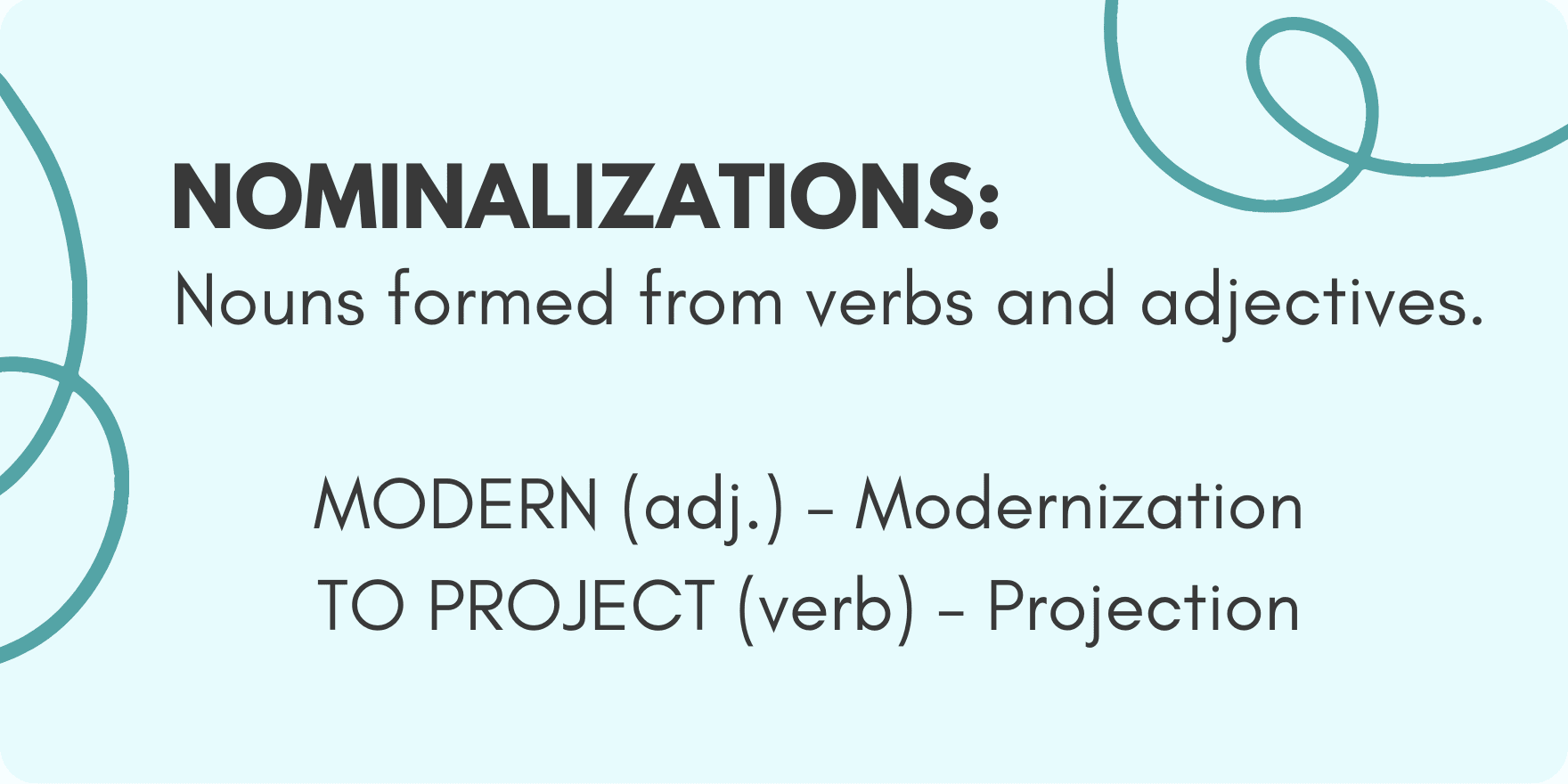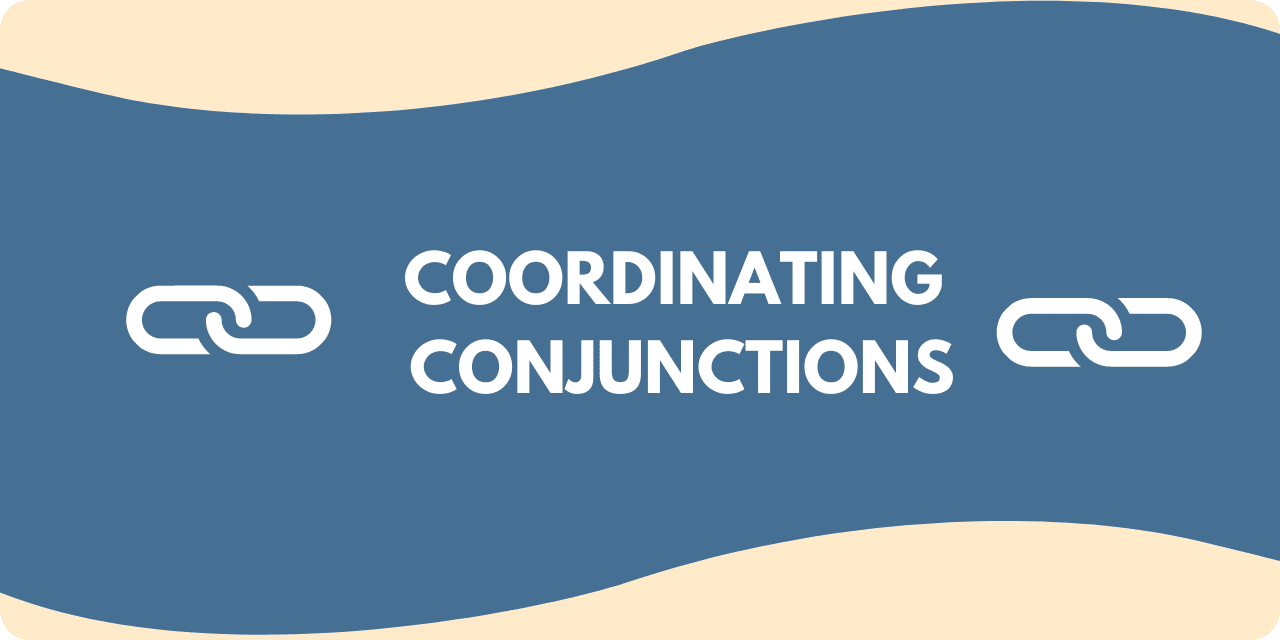What are direct and indirect objects? How do we identify them in in a sentence? Well, in short, a direct object is what receives the action that the sentence talks about. It is directly affected by it. While an indirect object is something/someone for which/whom this action is being performed and is the optional part of the sentence. Let’s have a closer look.
Direct Objects
In a sentence, objects give meaning to the subject’s action. A good example of this is the sentence “Jack caught the ball.” You can now identify the subject, verb, and object in this small sentence. So,
- Subject= Jack
- Verb= caught
- Object = ball.
A direct object is an answer to the question regarding what or who(m). In the sentence example above, you can determine the direct object, which is the ‘ball,’ by asking the question: What did Jack catch? He caught the ball. Hence, the ball is the direct object.
Indirect Objects
Indirect Objects are the answers to question for whom, for what, or to whom. An example explaining this further is “Jack caught the ball for Alice.”
In the example above, ‘Jack’ is the subject, ‘caught’ is the verb, and the ball is the direct object. But can you identify the indirect object? Well, since the indirect object can’t be the ball, or Jack himself, Alice is the indirect object in this case, because Jack caught the ball for her.
By being able to identify both direct and indirect objects in a sentence, you can have a deeper understanding of its structure, and thereby improve your writing.
To further sharpen your direct vs. indirect object skills, take this quiz!






